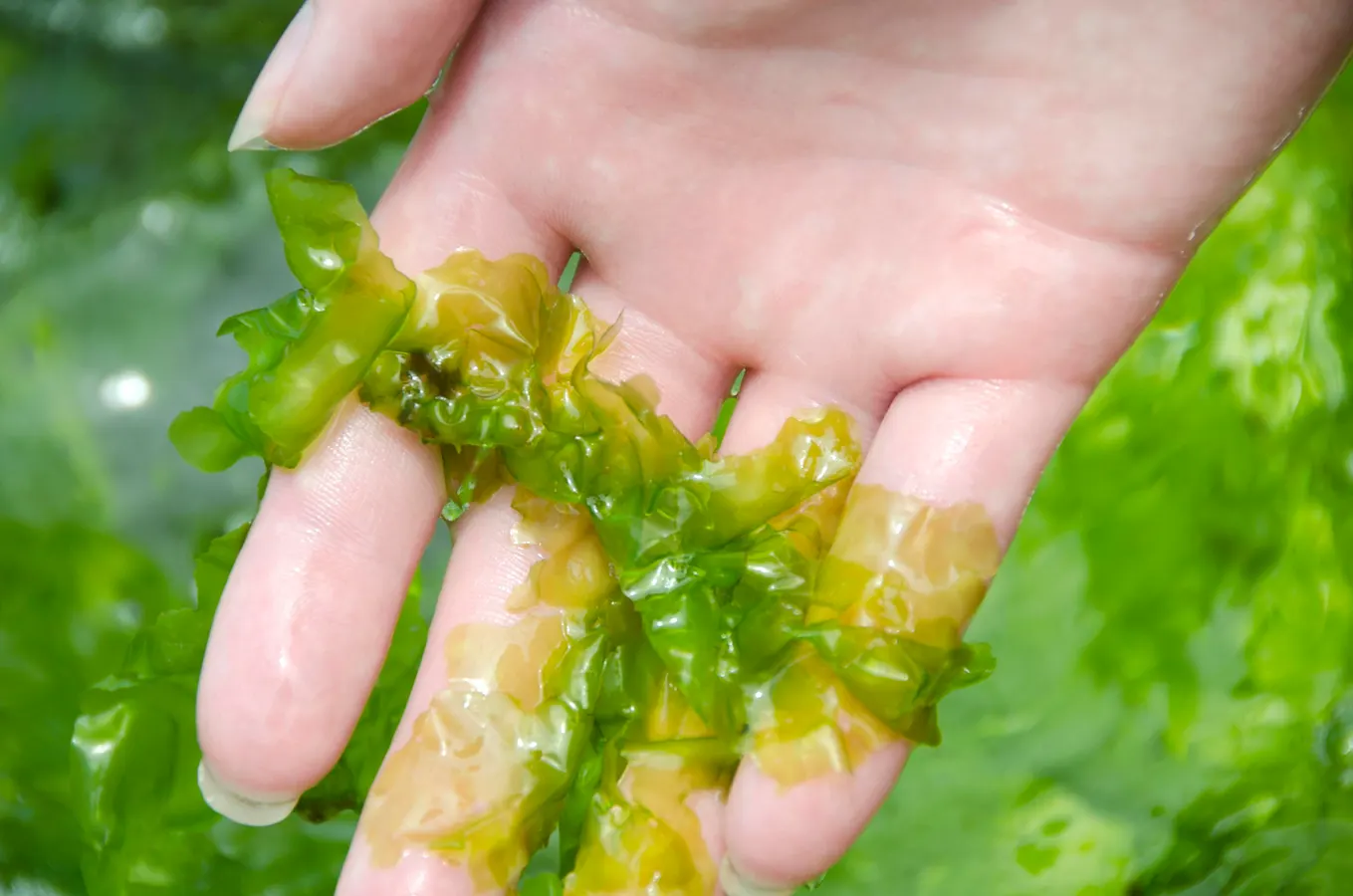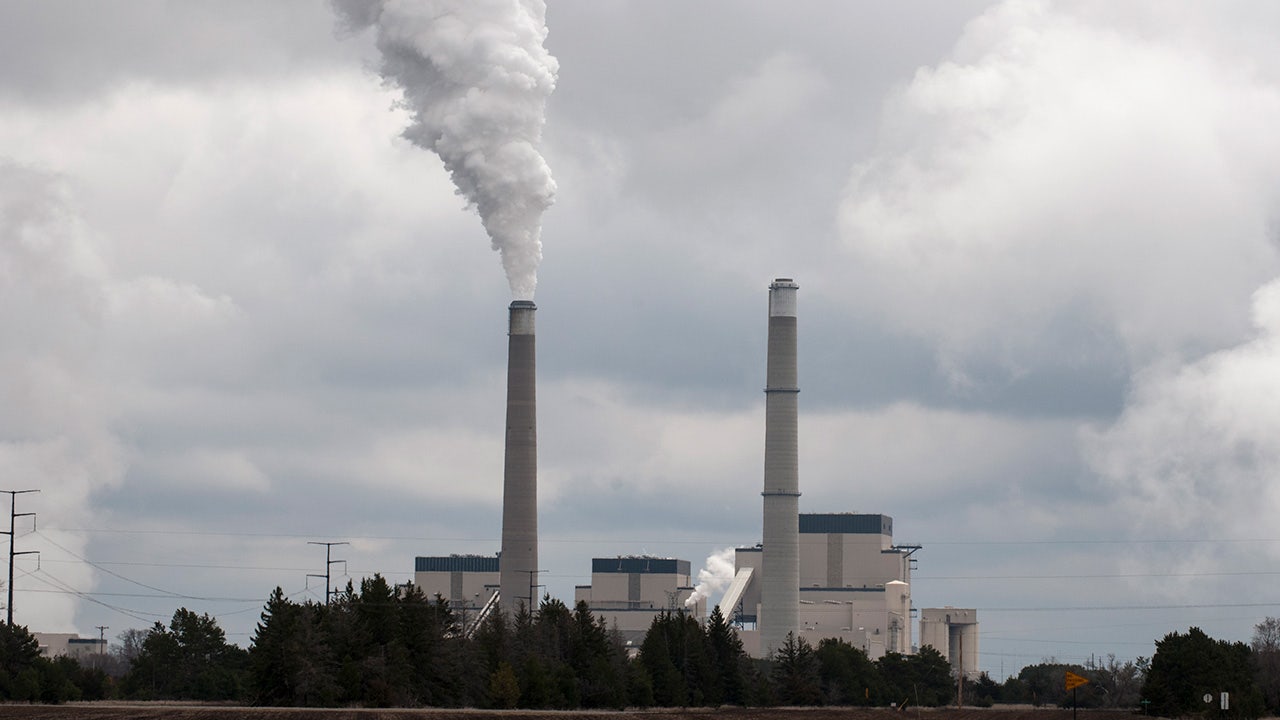By Contributor,Noël Fletcher
Copyright forbes

Ulva sea lettuce has been found to absorb and contain rare earth.
The need to create domestic critical mineral supplies is spurring U.S.-backed research in biomining seaweed since it accumulates these valuable substances.
Pacific Northwest National Laboratory, an arm of the U.S. Department of Energy, is spearheading an innovative project to recover critical minerals from seaweed.
Biomining is defined by DOE as using microorganisms to remove crucial elements and minerals from water, ores and mine waste.
Biomining Critical Elements and Metals report.
USDOE Office of Environmental Management
PNNL’s Seaweed Search for Critical Minerals
Researchers at the Washington state national lab are working at a PNNL site alongside Sequim Bay to grow different types of seaweed in bay seawater to figure out how best to extract critical minerals from the plant tissue.
The project received a $1 million grant from the DOE’s Advanced Research Projects Agency-Energy, which funds, manages and develops early-stage advanced energy technologies to commercialize and preserve cutting edge U.S. technology.
MORE FOR YOU
ARPA-E noted in a project description that PNNL’s sea algae mining project to domestically produce critical minerals from seawater has the potential to transform both the bioproduct and rare earth elements mining industries.
Edmundson holds a glass jar of Ulva seaweed (sea lettuce). Researchers learned Ulva is particularly good at accumulating many different critical minerals.
Andrea Starr, Pacific Northwest National Laboratory
“The ocean is the single largest source of a lot of critical minerals we need for high-tech applications,” Michael Huesemann, principle investigator of seaweed biomining, said in a recent press description of the project. “If we’re able to tap seawater and do it in a way that’s responsible, that potentially allows for a domestic source of critical materials.”
Seaweed has been found to absorb concentrations of critical minerals.
“After many rounds of tests, the researchers found a process that’s produced good initial results: after enough seaweed has grown, the researchers first grind it down into a paste, then mix that paste with an acidic liquid that can break off whatever mineral they’re aiming for,” PNNL described.
Researchers discovered that different types of seaweed are better at retaining different critical minerals than others. A brown Fucus (rockweed)
Rockweed is abundant in the shallow waters.
National Park Service
seaweed type holds more nickel, while the Ulva (green sea lettuce) variety has more rare earth.
Another important aspect of this project is the potential to grow different seaweed to obtain particular critical minerals. This feature could create stable supply chains for many different types of critical minerals.
“The diversity is so high that you can pick and grow the organism you want for the specific critical mineral,” Edmundson said. “The critical mineral of today might not be the critical mineral of tomorrow. And the flexibility of seaweed’s bioaccumulation of minerals is such that it allows us to fine-tune the technology to meet the need of the moment.”
The DOE is using science and technology at its national labs to explore other types of high tech projects with algae.
Editorial StandardsReprints & Permissions



